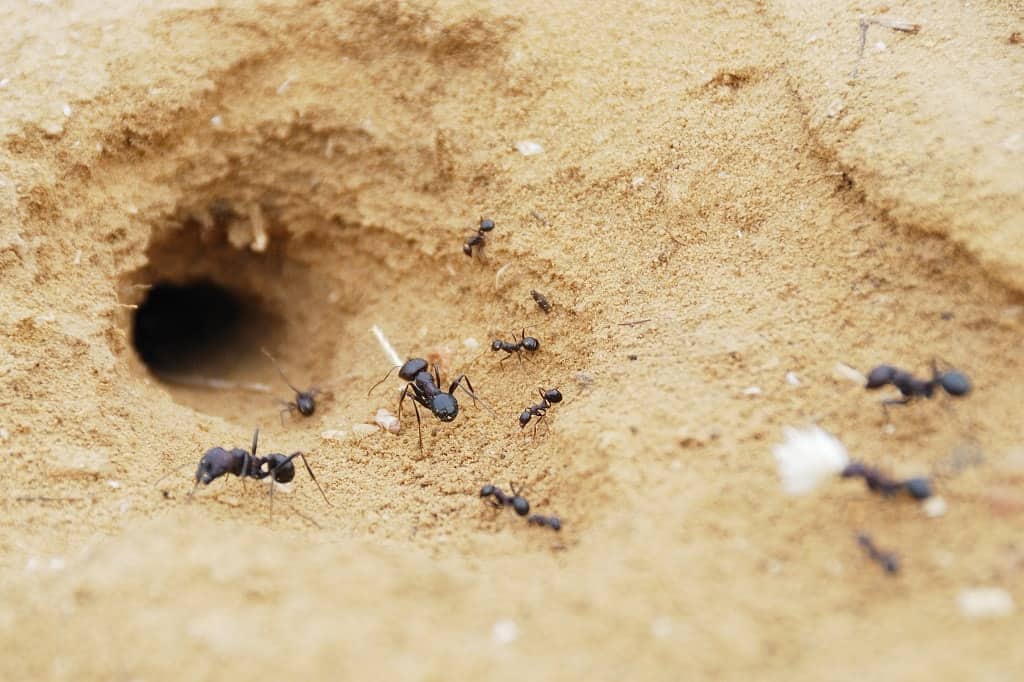Discover intriguing ant facts for your school projects with this comprehensive guide. From ant communication to their complex colonies, explore the wonders of these tiny yet remarkable insects.
If you’re looking for other facts for kids, be sure to check out the rest of our facts for kids articles here.
Amazing ant facts
Ants, often considered pests, showcase remarkable characteristics. Despite their potential nuisance in homes, ants are fascinating creatures with unique traits. Explore these interesting facts to gain a newfound appreciation for these incredible insects.
Ant fact list: Unveiling the world of ants
- Ants, a successful species, colonize most of the planet, excluding Antarctica, Iceland, Greenland, and some islands.
- With over 12,000 species, ants vary in size from 1mm to 50mm.
- Six-legged insects from the Formicidae family, ants can be red, black, or brown.
- Queen ants can live up to 30 years, highlighting their impressive lifespan.
- Ants exhibit super strength, capable of carrying many times their body weight.
Take a look at these awesome ant stickers to decorate your school project here.
Ants habitat: Insights into where ants live

Ants create nests, known as ant habitats, ant colonies, ant hills, or formicaries. These nests consist of intricate tunnels, providing warmth and protection from predators.
Want to have your own ant habitat? Check out the range of ant habitats to buy here.
How do ants breathe and communicate?
Ants lack lungs; instead, they breathe through tiny holes called ‘spiracles.’ Their communication relies on antennae, with no ears involved. Ants use vibrations and pheromones, leaving scent trails for navigation.
Ant colonies: Understanding roles within the nest
In ant colonies, the queen reigns supreme, while female worker ants and male worker ants fulfill specific roles. Males focus on reproduction, living only a short time post-mating. The queen’s crucial task involves laying eggs to sustain the colony.
Why no king ant? Unveiling ant social structure
Ants lack king ants as all ants understand their roles, and males die soon after mating. A well-structured society eliminates the need for a king.
Do ants have wings? Exploring ant defense mechanisms
Male drone ants and fertile females, potential queens, have wings. However, the queen sheds her wings when establishing a colony. Ants defend themselves through bites and stings, with some species causing painful reactions.
Ant bites and stings: Dealing with painful encounters

Certain ants, like fire ants and bullet ants, deliver painful bites or stings. Learn how to soothe ant bites, from washing the skin to applying a cool compress or seeking medical advice.
How many ants exist? Unveiling the ant population
Myrmecologists estimate an astounding one quadrillion ants inhabit the earth. Dive into the staggering world of ant numbers.
Preventing ant infestations: Simple tips for home

To avoid ant infestations, maintain a clean environment by not leaving food waste. Keep counters clear, store food in sealed containers, and thwart unwanted ant invasions.
Check out these books about ants for kids – click here.
Ants: A cool insect world for kids
After exploring this article on facts about ants for kids, you’ll likely see ants in a new light. Appreciate their strength, longevity, and global dominance—truly an insect phenomenon.
Find cool ant stickers to embellish your project here.

